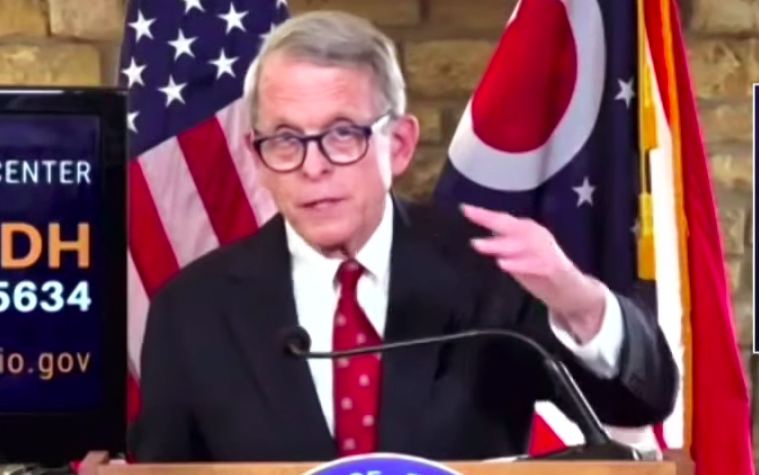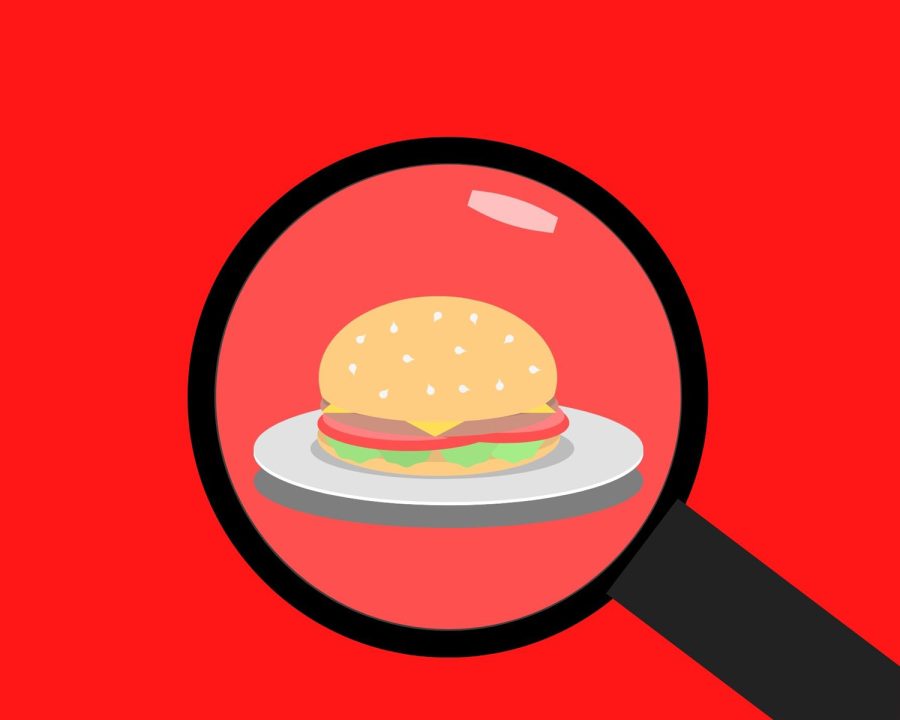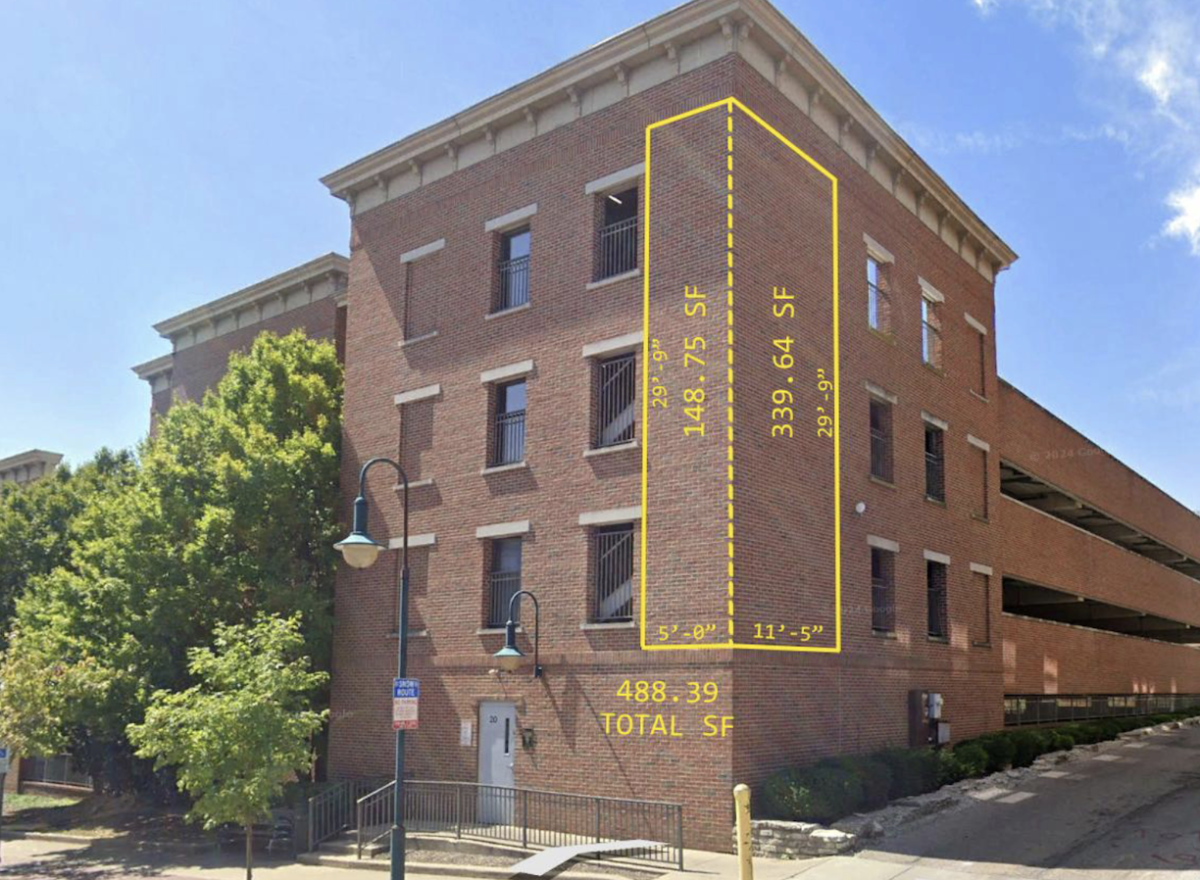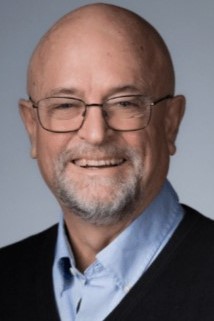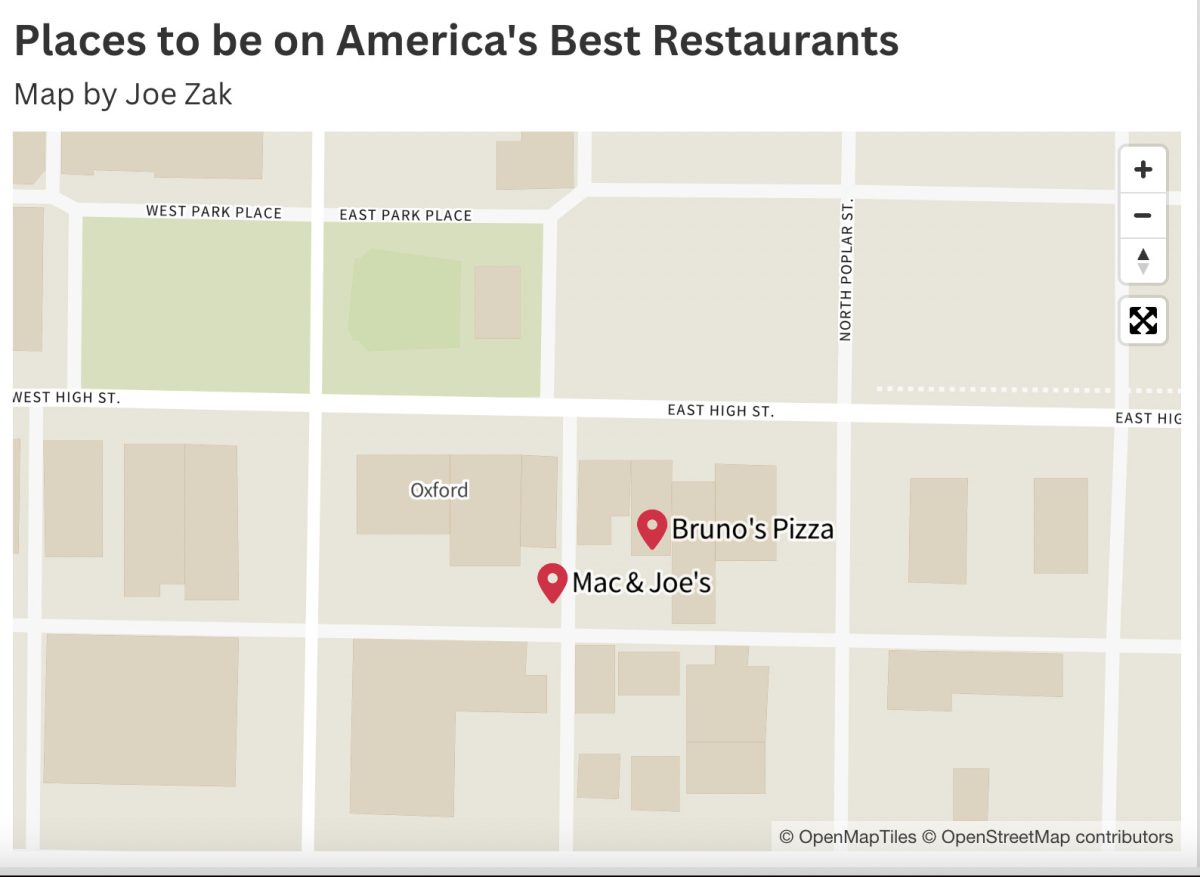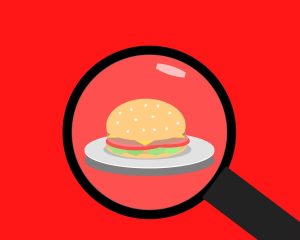State-wide curfew in place to stop the spread of COVID
Speaking at a Columbus press conference on Nov. 19, Ohio Gov. Mike DeWine urges all Ohioans to abide by the statewide 10 p.m. to 5 a.m. curfew to curb the spread of the coronavirus.
November 20, 2020
A three-week curfew from 10 p.m. to 5 a.m. went into effect in Ohio, Thursday night, the latest effort by Gov. Mike DeWine to cut down on the spread of COVID-19 as the virus surged throughout the state.
The curfew requires businesses to close and people to be at home. Exceptions to the curfew include people who are at work, in an emergency and those seeking medical care. In Ohio, violating a state health order is a second degree misdemeanor, punishable by up to 90 days in jail and up to a $750 fine.
DeWine called on all Ohioans to do their part to stop the spread, starting with wearing masks and limiting the number of people they come in contact with when he announced the new curfew order. But he also said in a Columbus press conference on Thursday that he is not looking to enforce the measure with a heavy hand.
“We’re not looking to pull someone over. What we are looking for is to set a bar, and I think Ohioans understand the gravity of the situation that we’re in,” DeWine said. “We don’t anticipate that police will go pull someone over and they’ll just assume that they have a legitimate reason to be out.”
“We’re going to try it for 21 days, see how we’re doing … at 10 p.m. retail establishments need to be closed and people should be home,” DeWine said. “That will run until 5 a.m.”
“We believe that this is going to help. It’s going to reduce some of the contacts taking place,” he said.
DeWine said Ohio must intensify efforts to stop the spread of the virus as hospitals across the state are filling up with close to 4,000 Ohioans hospitalized with COVID-19 and about 900 in intensive care. DeWine warned that even in Ohio’s counties with a lower infection rate, cases are high.
“Every county in the state is at least two times the high-incidence level set by the CDC,” DeWine said.
The Butler County General Health District issued a press release Wednesday, Nov. 18, addressing the high infection rate locally.
“We had been setting records the last two weeks with around 200-250 cases reported (in the county) each day,” said Epidemiologist Jordan Luttrell-Freeman. “However, over the weekend, Butler County had over 900 cases reported from Friday to Sunday, with a new record of 376 cases in a single day.”
Jennifer Bailer, health commissioner for the Butler County General Health District, said this increase in cases is creating staffing problems at local hospitals.
“When the pandemic began in March, we were concerned about our medical facilities having enough PPE (personal protection equipment),” Bailer said. “Now it is the people. Hospitals and other healthcare facilities have been working tirelessly since March and feeling the impacts of staff shortages. They too are impacted by COVID and many need to stay home because they or their families are ill or in quarantine. We must protect our healthcare workers by doing our part and staying at home as much as possible, especially if you are sick, in quarantine or isolation, or waiting for test results.”
DeWine urged Ohioans to participate in activities that do not require being physically together.
“In addition to the curfew itself, I’m asking each Ohioan every day to do at least one thing that reduces your contact with others, or one thing that enhances your personal contact with someone, your emotional contact with them but not of physical contact,” DeWine said
Examples DeWine gave on ways to accomplish this were watching sporting events together over Skype, wearing masks to church, communicating over the phone, writing letters and consolidating trips to the store.
“These are just simple things. Everyone can come up with their own list,” DeWine said. “Ask what you can do for your fellow man, ask what you can do for the people of Ohio. And we are all in this together and what each one of us does will make a difference.”
DeWine emphasized taking simple steps and implementing the curfew as ways for Ohioans to keep businesses and stores open while also keeping safe while COVID-19 infections run rampant.
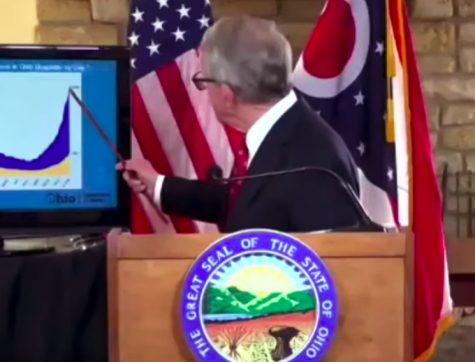
The announcement that Ohio will be on a curfew reassured some local residents who feel the state should be creating policies that encourage Ohioans to take the virus seriously. However, it upset some who see the curfew as an out-of-line government restriction.
The Observer asked local residents in the Oxford Talk (Ohio) Facebook group for their take on the curfew.
Dee Laatsch Fischer said she thinks it’s the right move considering the warnings about local hospitals.
“Area COVID hospitals are at capacity, shifting units to accommodate for the uptick in the numbers of cases,” Fischer said. “Units are understaffed as well. Regardless of what individuals think and prefer for themselves, this is a dangerous position to be in.”
Mia Crawford said she didn’t mind the curfew because she wouldn’t be out anyway. I have no problem with this,” Crawford said. “I’m in bed by 9 and don’t get up until 7-ish.”
To Janie James, the policy is good but the effort comes as too little too late.
“This is way overdue, and not enough,” James said. “Look at New Zealand and Australia, who shut down early and hard and have VERY few cases and deaths.”
The U.S., at over 250,000 deaths, accounts for nearly 20 percent of COVID-19 deaths worldwide, despite making up just 4 percent of the world’s population.
But residents such as Travis Bowling expressed frustration with DeWine’s decision to impose restrictions.
“DeWine has absolutely no right to lock healthy people down and destroy our economy,” Bowling said. “If you’re sick and at high risk you should stay home and let the healthy make their decision on where to go and what to do.”
Miché Renée said she thinks the decision exceeds the government’s authority.
“All of this is just government control,” Renée said. “I for one want my freedom back. This is all ridiculous!”
Meanwhile the restricted hours gave Michael Henson pause. Henson said he thinks the curfew will lead to businesses being more crowded during the day.
“I think (the curfew) is going to cause more people to have to shop at the same time of day meaning more crowding,” Henson said. “Not to mention total government overreach.”
Oxford Township Police Department Chief Michael Goins said police will not pull people over for violating the curfew unless they’re doing something else wrong considering they could be out for one of DeWine’s exceptions, such as seeking medical care or going to work.
“The only thing that would cause us to take action on the order is if someone’s driving back from a party when they knew they shouldn’t have been there or if someone’s just driving around causing problems,” Goins said. “ Or if we get another related call and they don’t have a good reason why they’re doing what they’re doing or at where they’re at. For instance, if an officer pulled over a suspected drunk driver then that person would also be charged with violating the curfew.”
Overall, about 20% of Butler County’s cases have been from students at Miami University, whose in-person semester ends today, Friday Nov. 20.
As of Wednesday, Nov. 18, there were Miami students who had tested positive within the previous 14 days, according to the Miami COVID-19 Dashboard. Some of those might not be able to return home for Thanksgiving. Carole Johnson, interim director of University News and Communications, said COVID-positive students can return home when the semester ends if they meet criteria set by the Butler County General Health District.
“Butler County General Health District will allow quarantined or isolated students to return to their homes under the following conditions,” Johnson said. “The home is within driving distance of Oxford and the student can drive there without making any stops and without using commercial transportation options such as buses or airplanes; they have a private bedroom at the location in which to stay until their release date; they agree to register their location with Miami University, the Butler County General Health District, and the health district where the home is located; anyone living in the home understands the risks of getting COVID-19 from the student and understands they may need to quarantine or isolate; and the student agrees to follow all requirements for isolation/quarantine.”
In Ohio, 5,890 people have now died from COVID-19. Only four counties have had more cases than Butler County. And only Ohio State University, which has about four times as many students, has had more COVID-19 cases than Miami.
DeWine’s curfew and the end of Miami’s in person semester could help ease the burden on area hospitals as COVID-19 cases surge.


